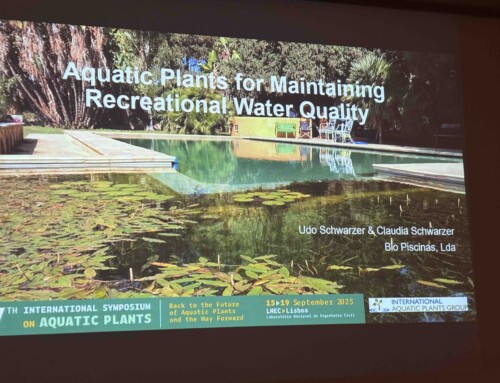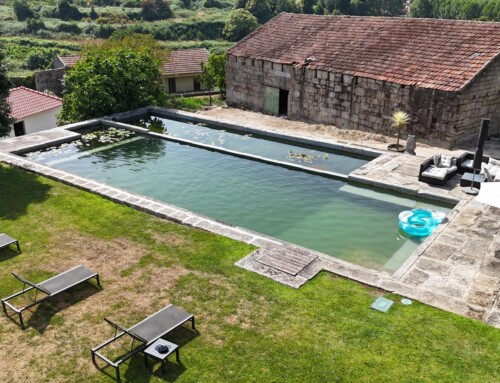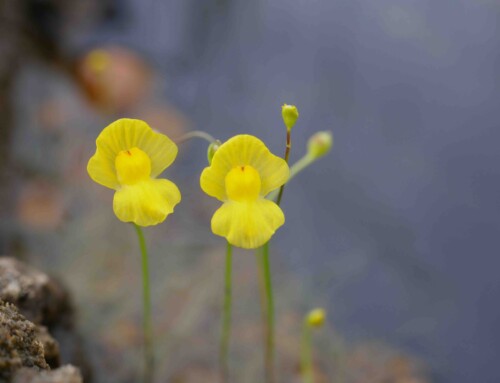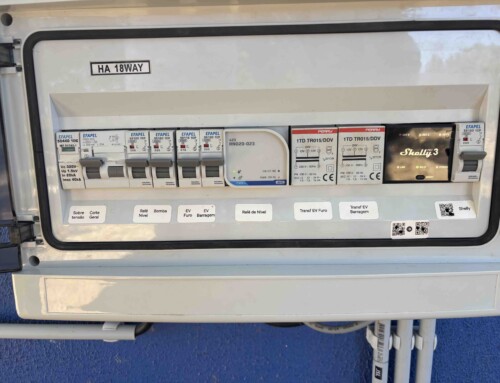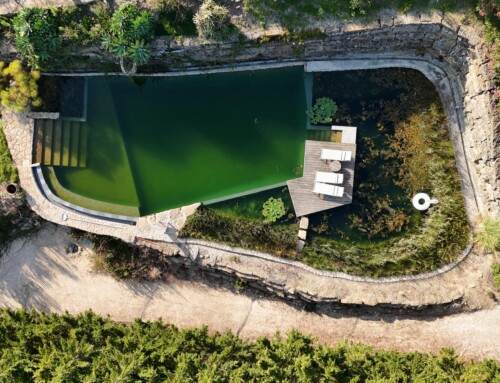As designers of biological pools we have to think about water and its quality.
Water is a natural resource. In Mediterranean climate, rain falls during the coldest half of the year and enriches groundwater resources. Plants help a lot with water infiltration. They are stopping the drips, and with their foliage they increase the retention time until the water reaches the ground. With their roots they open the soil, a very important function for infiltration and subsequent renewal of the so-called water table.
The larger the plants and the denser the vegetation, the greater the effect of plants in the context of water infiltration. Green plants turn the soil into a living environment providing oxygen to the rhizosphere, colonized by many living beings making the land fertile. The density of the vegetation allows the infiltration rate to be increased and, at the same time, it protects the soil with its leaves, preventing water from running superficially and, in the worst case scenario, causing erosion. Naturally, a dense forest of native species has a better capacity to preserve two natural resources, soil and water.
Our concern as designers of biological pools is also dedicated to water and the preservation of its good quality. Consequently, we dedicate part of our professional life to the preservation and ecological restoration of forests. The presence of beautiful native forests in the landscape guarantees the future of our water.
 What is a biological swimming pool?
What is a biological swimming pool?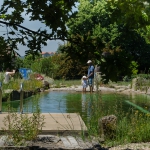 Important to know
Important to know Beyond the swim
Beyond the swim How to build
How to build Compare
Compare PB 22.000
PB 22.000 Biological swimming pools of Public use
Biological swimming pools of Public use Janguiscina
Janguiscina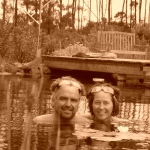 Who we are
Who we are Biological swimming pools
Biological swimming pools Landscape architecture
Landscape architecture ETAP
ETAP Solar Sauna
Solar Sauna Rewilding
Rewilding News
News Photo of the month
Photo of the month Gallery
Gallery Holidays with Swimming Pond
Holidays with Swimming Pond Testimonials
Testimonials Awards
Awards Biological swimming pools around the World
Biological swimming pools around the World Piscinas Biológicas® – Live
Piscinas Biológicas® – Live FAQs
FAQs Downloads
Downloads Shop
Shop

